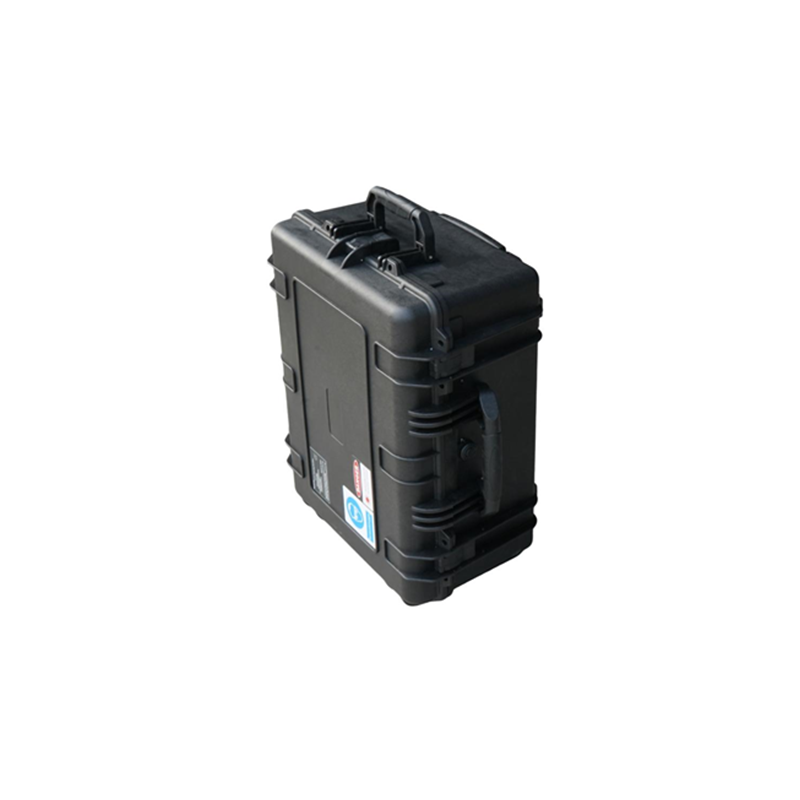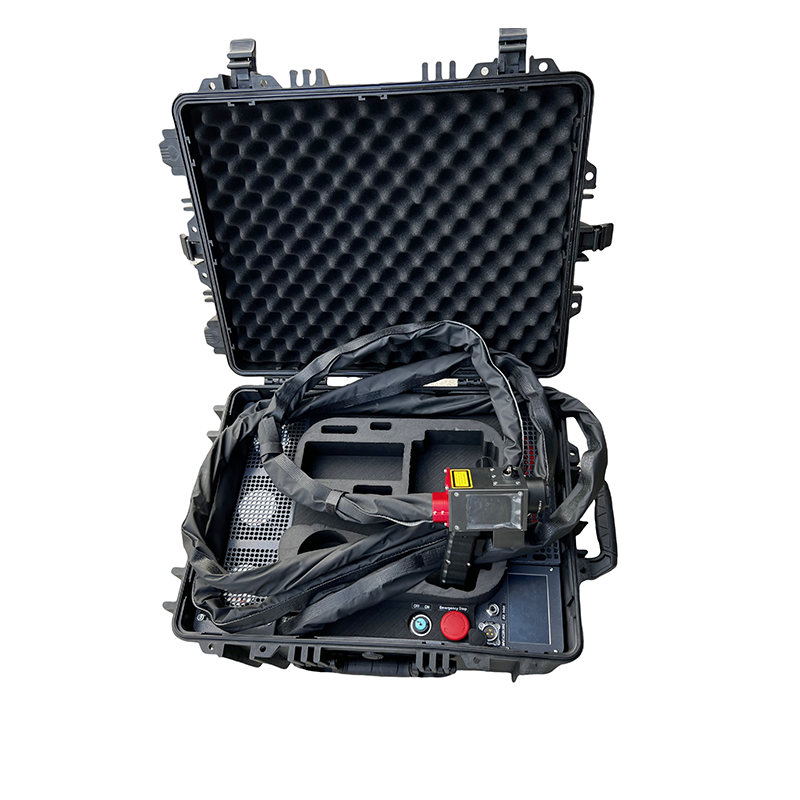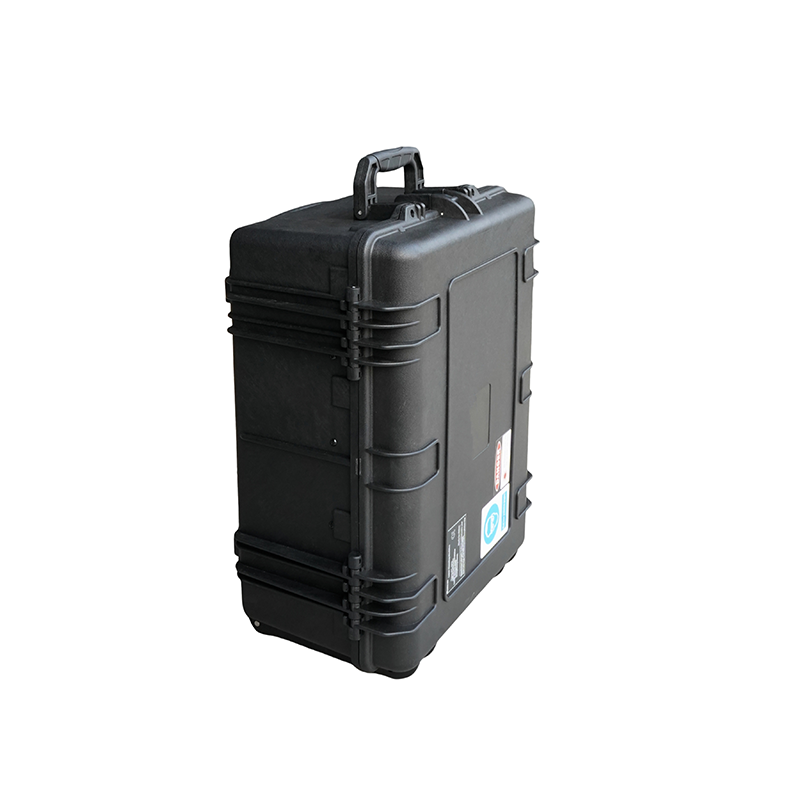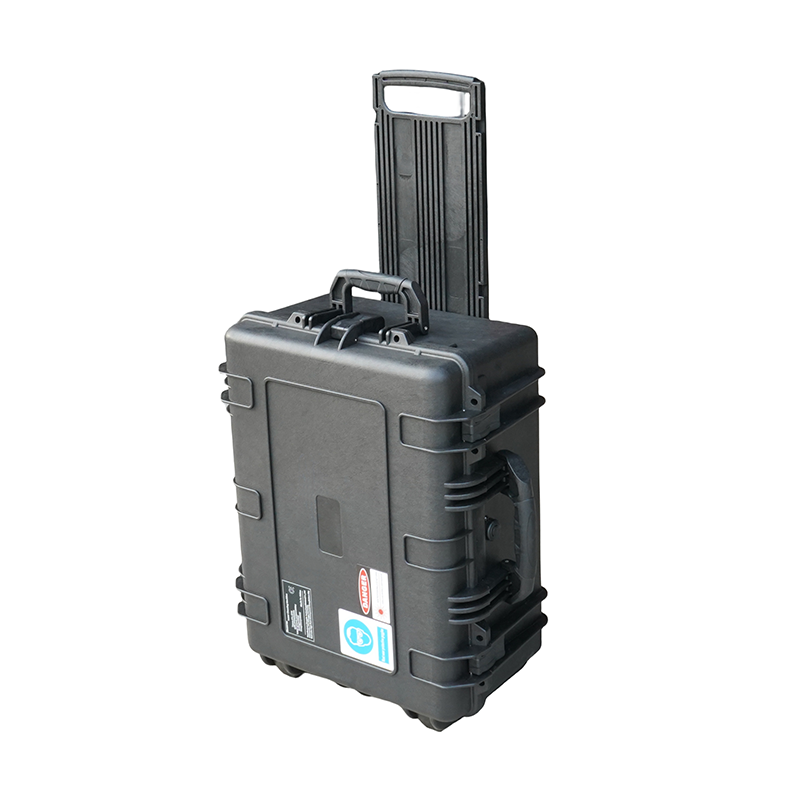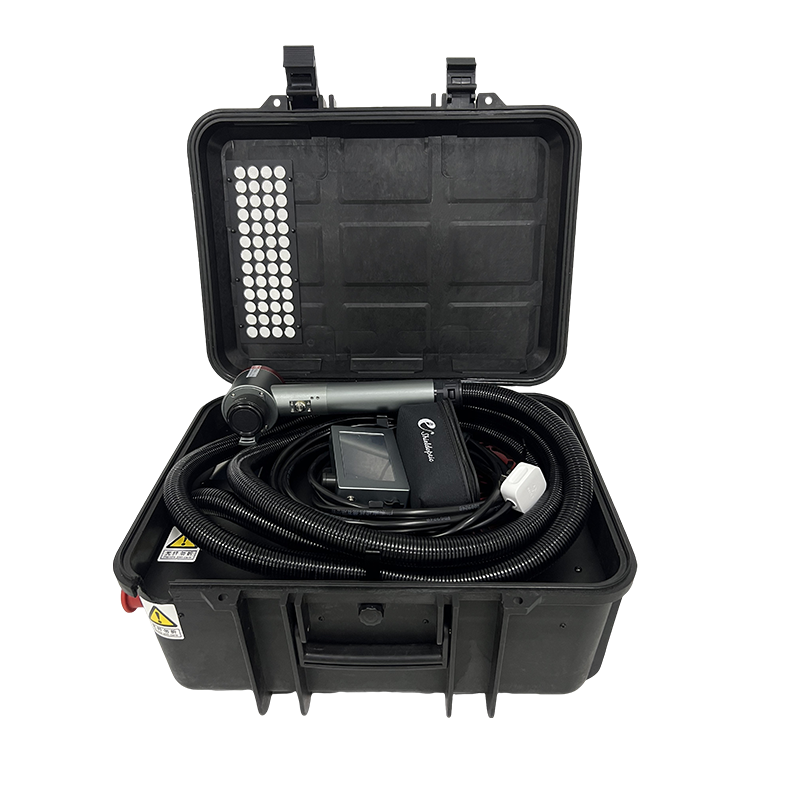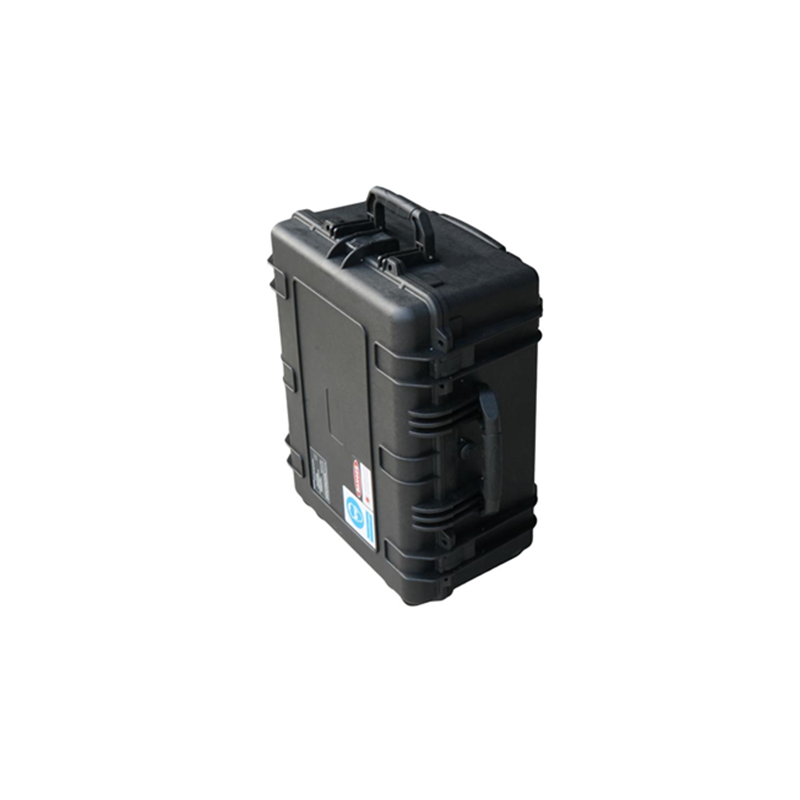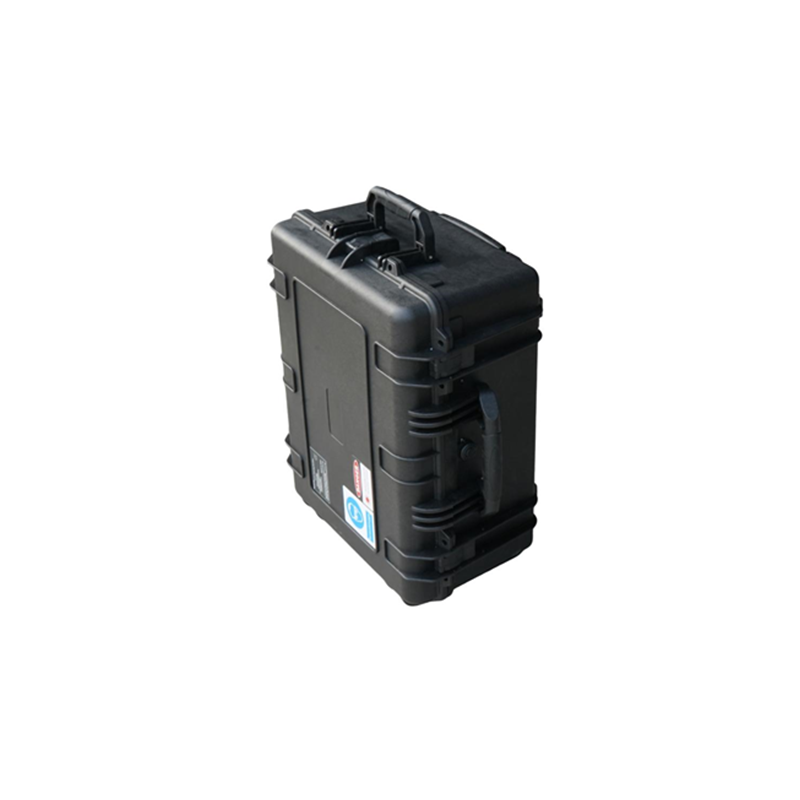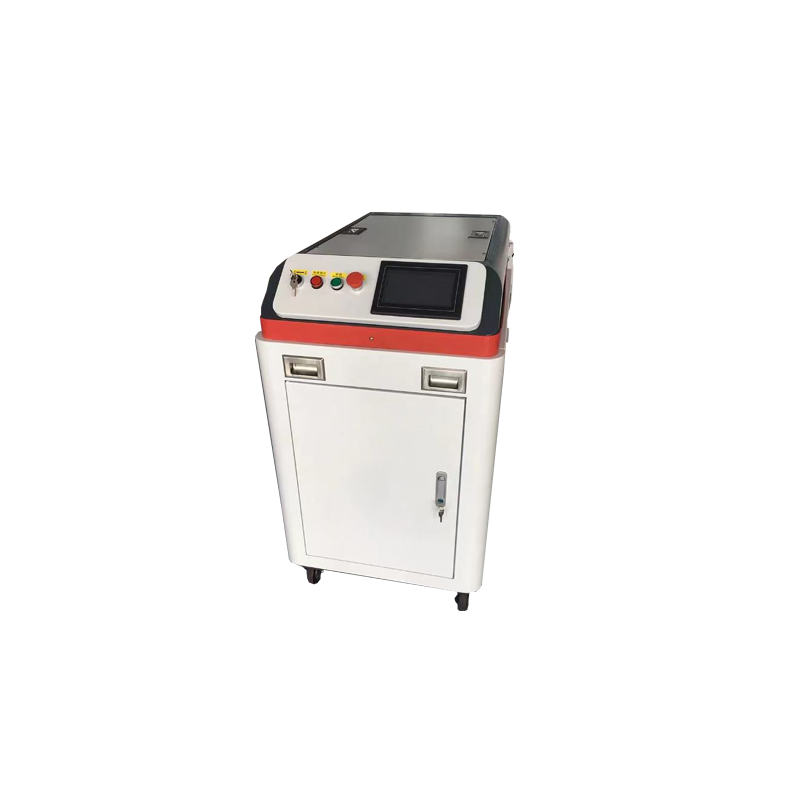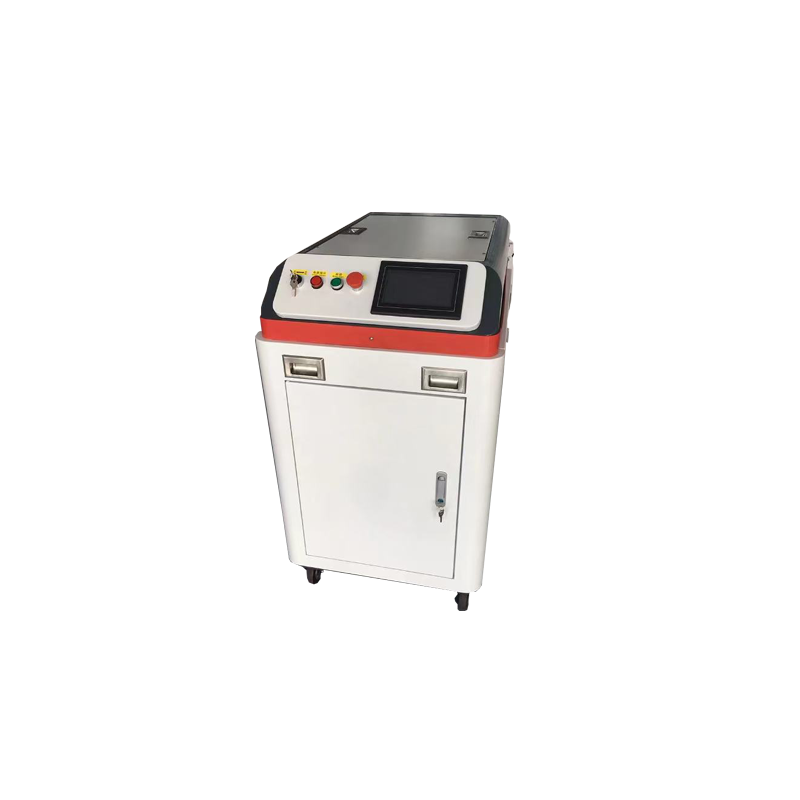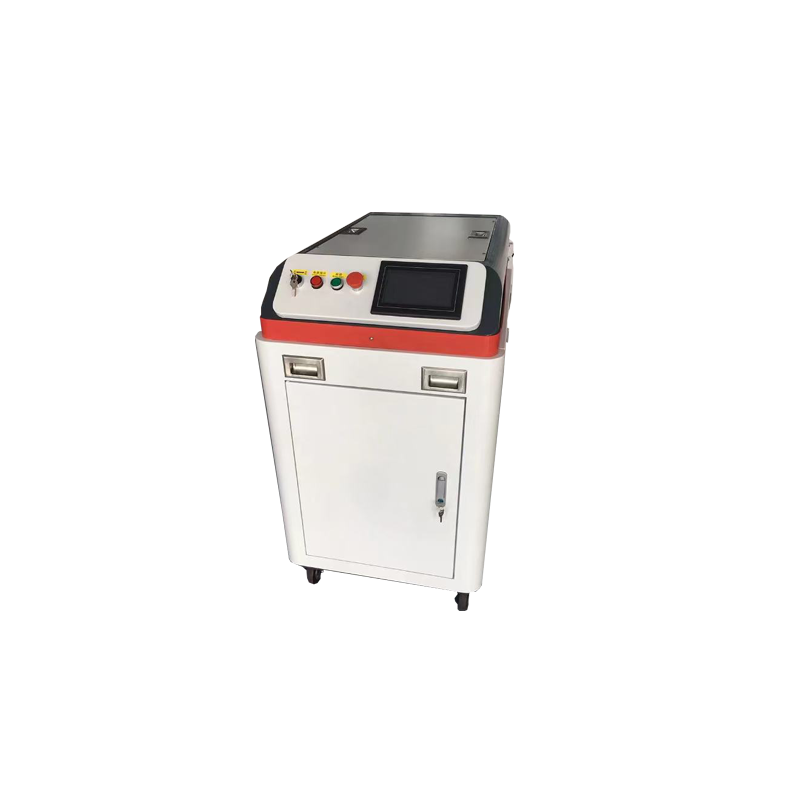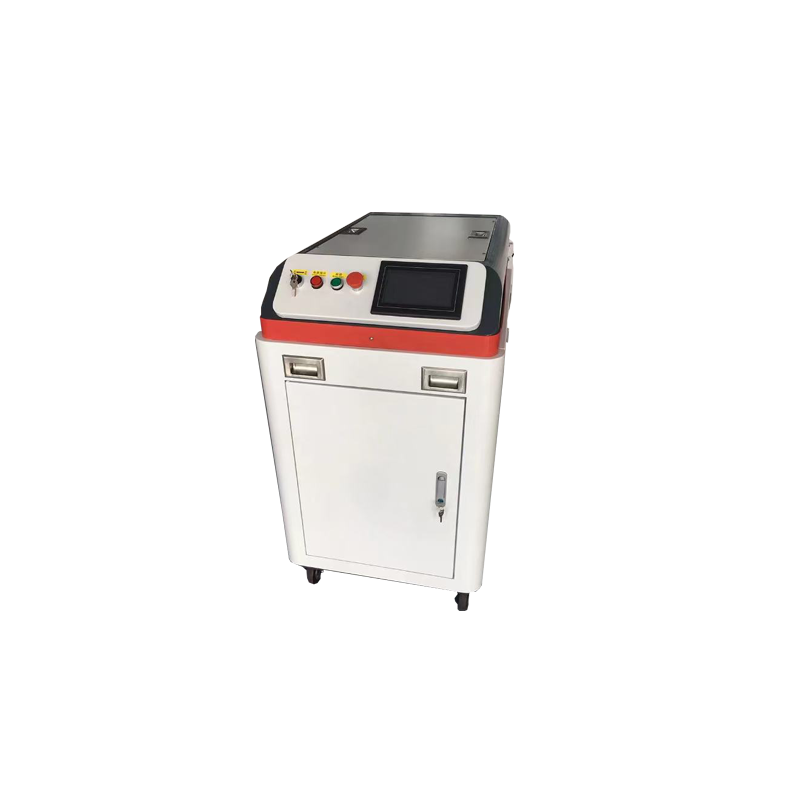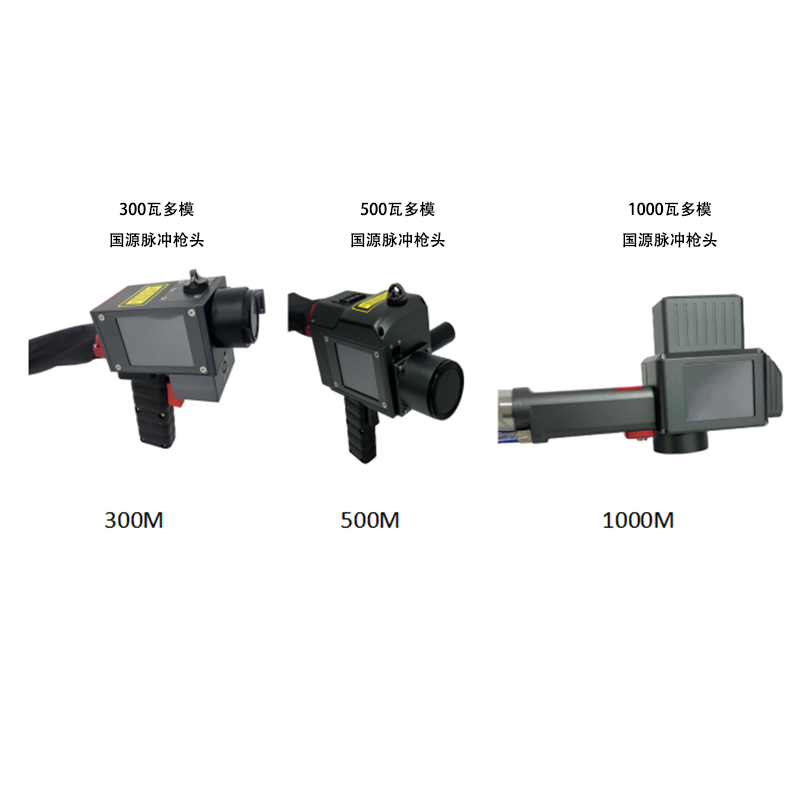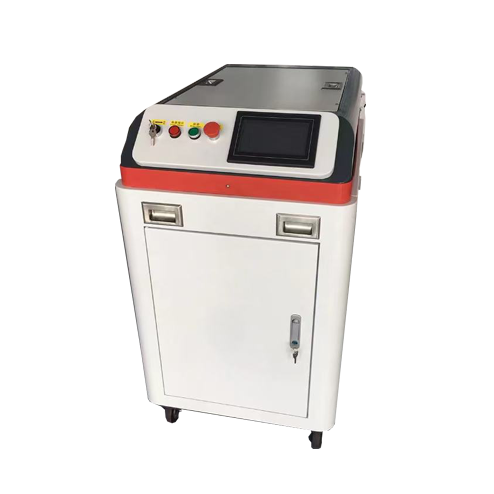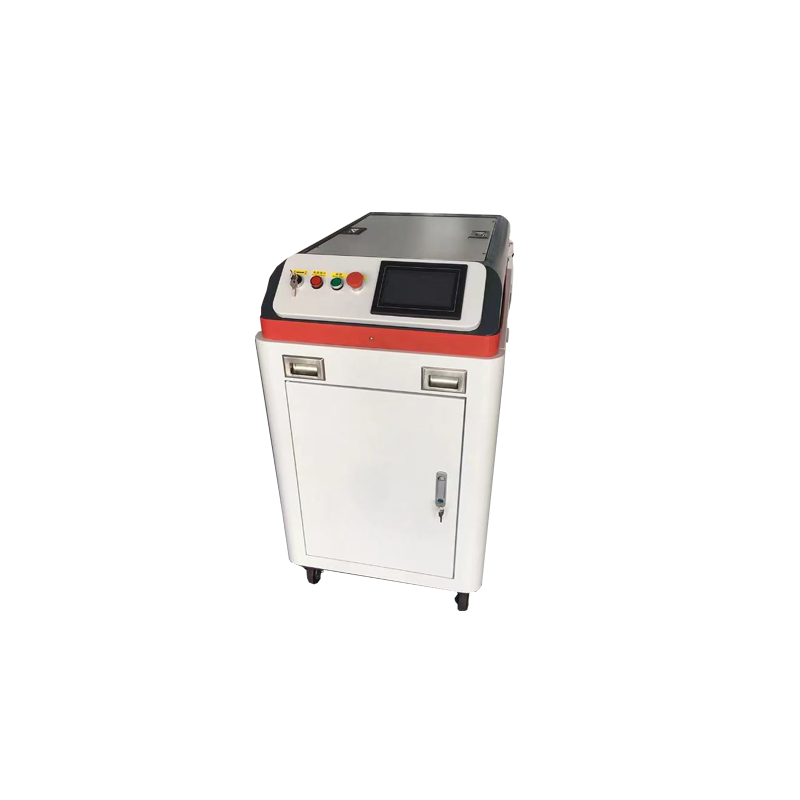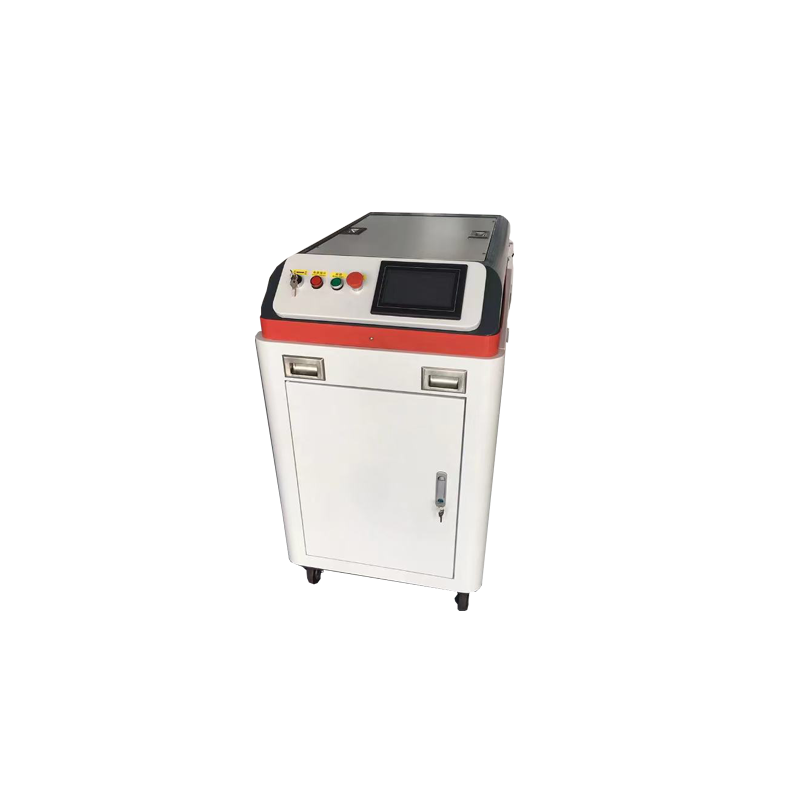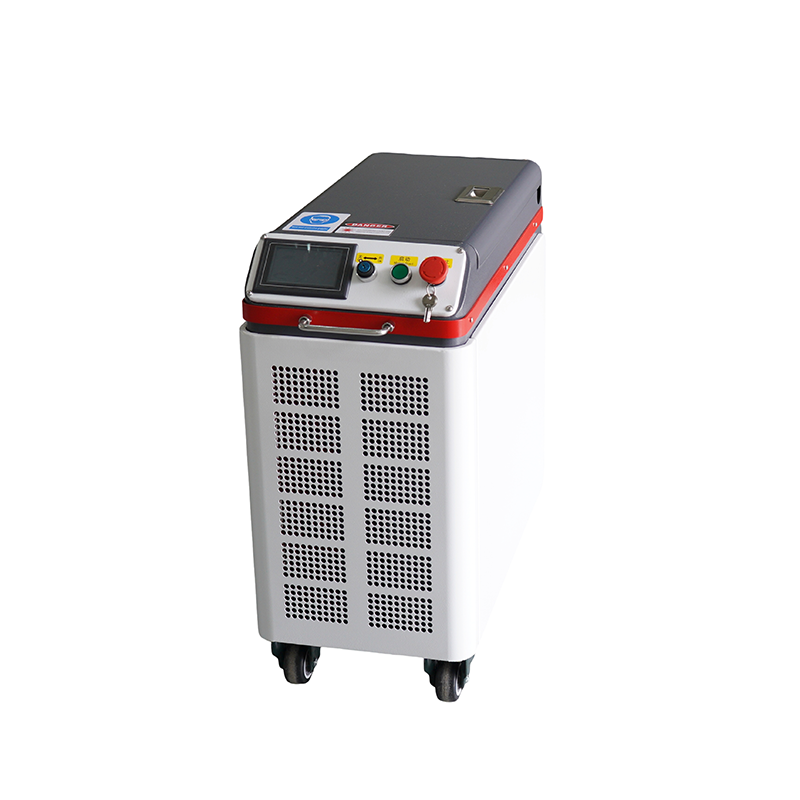- Executive Summary
- Core Function: How It Works
- Primary Application Situations
- 1. Troubleshooting and Diagnostic Testing
- 2. Temporary Replacement for Failed Built-In Systems
- 3. Cleaning During Filter Installation
- 4. Maintenance of Small or Intermittent-Use Collectors
- 5. Cleaning in Confined or Hard-to-Access Spaces
- 6. Batch Process and Hopper Cleaning
- 7. Multiple Plant / Mobile Service Applications
- Industries Where It is Commonly Used
- Situations Where It is NOT Suitable
- Key Advantages Summary
Of course. Here is a detailed explanation of the application situations for a Suitcase-Type Pulse Cleaning Machine, broken down for clarity.
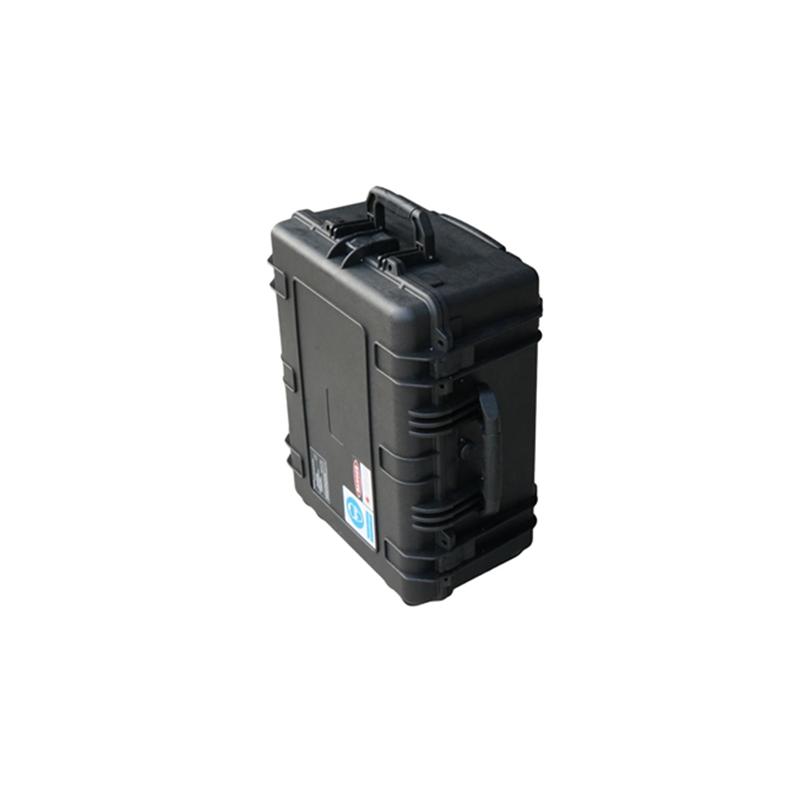
Executive Summary
A suitcase-type pulse cleaning machine is a compact, portable, and powerful air-driven device used for cleaning dust collection systems, primarily baghouse filters and cartridge filters. Its name comes from its compact, rectangular shape with a carrying handle, making it exceptionally easy to transport. It is the go-to solution for maintenance and troubleshooting in situations where permanent, fixed cleaning systems are impractical, unavailable, or have failed.
Core Function: How It Works
Before diving into applications, it's crucial to understand its basic operation:
Portable Compressed Air Source: The machine is connected to a plant air supply or a portable air compressor.
Pulse-Jet Action: It stores compressed air in a small internal reservoir and then releases it in a high-pressure, short-duration "pulse" or "blast" through a hose and a specially designed nozzle (often a "blowpipe" or "wand").
Cleaning Mechanism: This pulse of air travels into the filter bag or cartridge, causing it to flex and expand rapidly. This action dislodges the dust cake from the outside surface of the filter, allowing it to fall into the hopper below.
Primary Application Situations
The suitcase cleaner's portability defines its use cases. Here are the most common application situations:
1. Troubleshooting and Diagnostic Testing
This is one of its most critical applications.
Scenario: A dust collector is underperforming (e.g., high differential pressure). Is the problem a few failed bags, or is the entire system clogged?
Application: Maintenance crews can use the suitcase cleaner to pulse individual filter bags one by one. If a bag doesn't respond to the cleaning pulse, it is likely torn (failed) or severely blinded. This allows for targeted bag replacement instead of shutting down the entire system and replacing all filters unnecessarily.
2. Temporary Replacement for Failed Built-In Systems
Scenario: The permanent, automated pulse-jet system of a dust collector fails (e.g., solenoid valve failure, timer control card issue, compressor problem). Production cannot stop for an extended period to wait for repairs.
Application: The suitcase cleaner acts as a manual, temporary bypass. An operator can periodically connect the cleaner to the filter access ports and manually clean the bags, keeping the dust collector operational until the permanent system is fixed.
3. Cleaning During Filter Installation
Scenario: After installing new filter bags or cartridges, they often need to be "conditioned." Some systems also generate dust during the installation process itself.
Application: The suitcase cleaner is used to remove any installation debris or fine particles from the clean side of the filters before starting up the system, ensuring no initial contamination.
4. Maintenance of Small or Intermittent-Use Collectors
Scenario: Small dust collectors, such as those on individual welding stations, manual grinding booths, or pilot plant equipment, may not justify the cost of a full automated pulse-jet system.
Application: The suitcase cleaner serves as the primary cleaning method. An operator manually cleans the filters on a scheduled basis (e.g., at the end of each shift or week).
5. Cleaning in Confined or Hard-to-Access Spaces
Scenario: Dust collectors located in tight spaces where it's difficult to install fixed piping for a permanent cleaning system.
Application: The portability of the suitcase unit allows an operator to bring the cleaning power directly to the point of need, even in cramped conditions.
6. Batch Process and Hopper Cleaning
Scenario: In batch processing operations, a dust collector might service different sources. Before opening a hopper for waste disposal, it's crucial to ensure all dust is dislodged from the filters.
Application: Operators use the suitcase cleaner to give the filters a final, thorough manual cleaning before emptying the hopper, maximizing dust recovery.
7. Multiple Plant / Mobile Service Applications
Scenario: A maintenance team or a third-party service company is responsible for dust collectors across a large facility or multiple sites.
Application: Instead of having a dedicated cleaner on every collector, a single suitcase-type machine can be carried in a truck or service vehicle and used wherever it is needed, making it a highly cost-effective tool for mobile maintenance crews.
Industries Where It is Commonly Used
Woodworking & Furniture: For cleaning baghouses on saws, sanders, and planners.
Metalworking & Fabrication: Cleaning filters on welding fume collectors, grinding booths, and plasma cutting tables.
Pharmaceutical & Food: For sanitary applications and pilot plant equipment where precision cleaning is needed.
Chemical & Plastics: For small batch reactors, powder handling stations, and additive dosing points.
Power Generation & Utilities: For maintenance on small silo vent filters or air intake filters.
Mining & Minerals: Troubleshooting and maintaining collectors on conveyor transfer points and crushers.
Situations Where It is NOT Suitable
Large, Continuous-Process Dust Collectors: It is not a practical primary cleaning solution for a dust collector with hundreds of bags that must run 24/7. The manual effort would be immense and inefficient.
High-Temperature or Chemically Harsh Environments: The standard models may not be suited for extreme conditions unless specifically designed for them. The internal diaphragm is a wear part susceptible to heat and chemicals.
Applications Requiring Absolute Consistency: Manual cleaning is not as consistent as an automated system, which can lead to variable pressure drops.
Key Advantages Summary
Portability: Lightweight and easy to carry.
Cost-Effective: Much cheaper than installing a fixed cleaning system on every small collector.
Versatility: One tool can service many different dust collectors.
Indispensable for Diagnostics: Essential for pinpointing filter problems quickly.
Simple Operation: Requires minimal training to use effectively.
In conclusion, the suitcase-type pulse cleaning machine is an essential maintenance and troubleshooting tool for anyone responsible for the reliability and performance of industrial dust collection systems.

